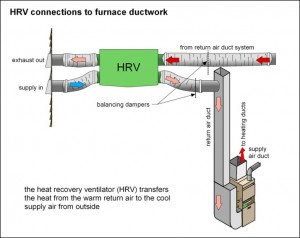Home Inspectors get paid a lot of money every year just to look at other peoples cracks; cracks in plaster walls and ceilings, cracks in basement and garage floors, cracks in foundation walls. To understand cracks the first thing a real estate agent or homeowner need to know is that almost all plaster and concrete cracks. Seasonal changes in air temperature and moisture levels cause building materials, wood and concrete, to expand and contract. Have you ever heard strange house noises that you didn’t recognize or couldn’t locate? If so, it’s just another ‘house whisper’. This type of movement is small and will typically have no long term impact on the building.
So when is a crack significant?
Seasonal movement cracks will range in width of 1/8 to 1/4 inch. They will be consistent in size for the length of the crack and there could be more than 1 in the same location. These cracks can be vertical, diagonal, horizontal, or in a step pattern. It is very common for these cracks to be located near windows, doors, vaulted ceilings, basement floor posts and beams. These cracks are aesthetic and mean absolutely nothing to the stability of the house. Normal movement cracks probably make up about 98% of the cracks real estate agents and homeowners will typically see.
Structural movement cracks are different. They are big, 3/8” or greater is size. Many times these cracks are wider at one end than the other, in other words they are tapered width. Sometimes one side of the crack will not be on the same wall or floor plane as on the other side of the crack. This is uneven when a section of the wall or floor has moved but the other section didn’t.
Not comfortable with what you are seeing…
Uneven or differential movement is not OK and these cracks require close scrutiny by a ‘qualified’ and certified home inspector. These experts will be able to ‘listen’ to what these cracks are saying and determine the next steps to pursue in correcting the problem.
Doug Hastings
MN Home Inspector, Minneapolis & St. Paul
ASHI certified inspector
Kaplan University, Home Inspection Lead Instructor
Rob ‘Pops’ Leslie
Kaplan Professionals, Retired



